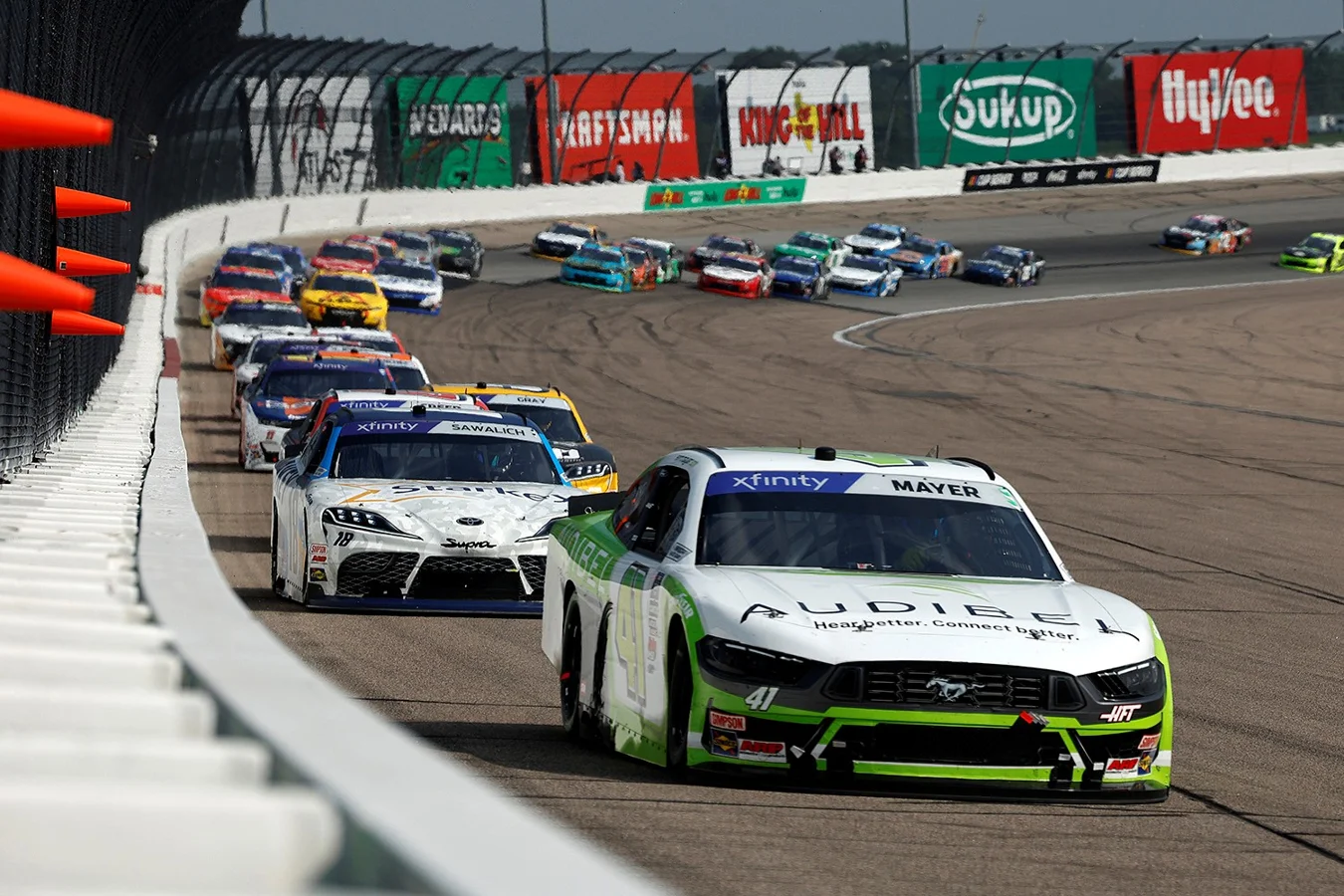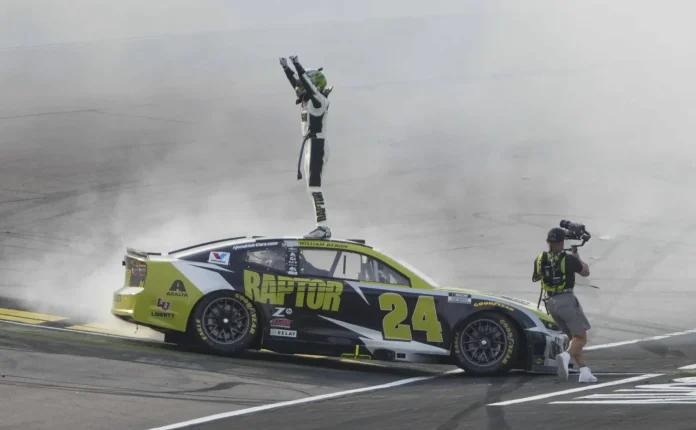The NASCAR team spotter selection process centers around building strong relationships between drivers and their spotters, with communication and chemistry considered vital for success on the track. Dave Alpern, President of Joe Gibbs Racing, recently outlined how spotters are chosen and why the right partnership can make a significant difference during races.
The Importance of the Spotter-Driver Relationship in NASCAR
Spotters play an essential role for every NASCAR team, serving as the eyes and ears for drivers who have limited visibility during races. High above the stands, spotters guide drivers, keeping them aware of their surroundings and helping them finish races safely and competitively. According to Dave Alpern, drivers often have a strong influence in selecting their spotters, and many even bring their preferred spotters when joining new teams.
This selection is heavily influenced by the working relationship and level of comfort shared between the driver and the spotter. Alpern emphasized,
“A lot of it has to do with communication and chemistry. A spotter is not only the eyes and ears for a driver.”
– Dave Alpern, President of Joe Gibbs Racing.
With restrictive helmets, drivers can see little beyond what is directly in front of them, making the spotter’s guidance indispensable throughout intense events. As Alpern further explained,
“They’re also part psychologist. They’re talking them through the race, they’re giving them advice, and they’re keeping them cool. So, a lot of it has to do with chemistry.”
– Dave Alpern, President of Joe Gibbs Racing.
Each driver prefers a different style from their spotter; some rely on constant communication during the race, while others want as little interference as possible. In most cases, trust built over years of working together leads drivers to choose individuals who know their preferences and can adapt accordingly.

From Radios to Mandatory Spotters: NASCAR’s Technological Evolution
While spotters are now integral to racing teams, there was a time when having a radio inside a stock car was prohibited. This changed over the decades, starting in the 1960s when drivers began experimenting with radios despite their limitations in range and clarity.
A pivotal moment occurred on June 20, 1971, at Riverside International Raceway. That day, Bobby Allison used a CB radio designed by Chuck Santorre, then a Motorola employee, to communicate with Santorre and crew chief Eddie Allison from the stands. Their clear communication allowed Bobby Allison to avoid a major crash and claim victory, demonstrating the power of coordinated teamwork between driver and spotter.
This breakthrough influenced the sport significantly, with radio technology improvements in the 1980s making team communication more reliable. NASCAR soon recognized the benefits, requiring spotters for major races in the 1990s. By 2002, all races on the NASCAR calendar mandated the use of spotters, making them a fundamental part of the racing environment.
The Ongoing Impact and Future of Spotter Selection
The partnership between drivers and their spotters continues to shape NASCAR team dynamics, with the selection process remaining focused on communication skills, mutual trust, and emotional intelligence. As race strategies and technologies evolve, the connection between spotter and driver will remain at the heart of high-performance racing, perpetually defining outcomes on track and safeguarding competitors through every high-stakes event.

